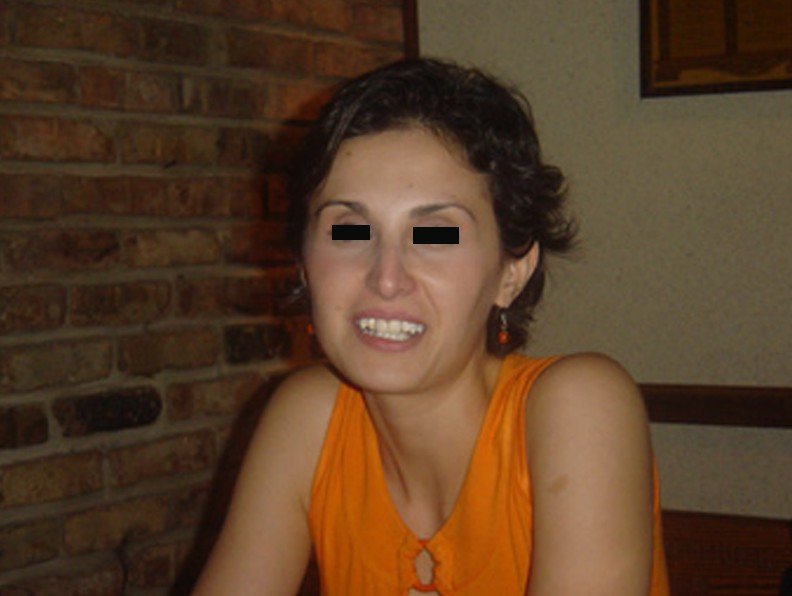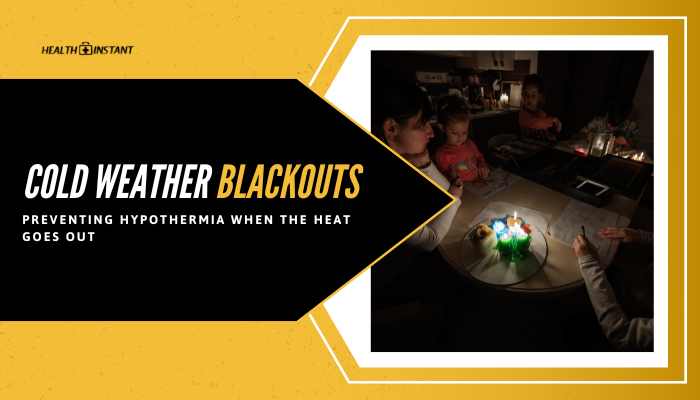Myotonic Dystrophy
One of the major problems faced by the patients today is what we call Myotonic Dystrophy. A certain disorder that takes place when a variety inheritance prototype is available wherein dissimilar muscular condition badly affects mankind along with the fact that it is the most universal paleness of an elderly person.
What is Myotonic Dystrophy?
The term Myotonic Dystrophy also known as “Dystrophia Myotonica (DM), and Trinucleotide Repeat Disorder”, a specific and mainly the universal syndrome that weakens the musculoskeletal system that slow down our entire body’s system, and a genetic disorder affecting a large number of individuals particularly the males than the female ones plus it also characterized the wasting of the muscles wherein different types of muscle groups are affected by this certain condition.
Studies showed that a dystrophy is believed to start as early as the age of twenty (20) to forty (40) years of age this condition and is often a result from the growth of a small duplicate DNA cycle meaning there are certain areas of DNA cycle has been repeated string of two (2) or three (3) more nucleotides in our genes. This molecular transformation may hinder on the production of valuable muscle proteins in the body is different from the other for its widespread effects throughout our entire body.
Furthermore, thirty-three (33) percent of people are affected by MD disorder. There are nine (9) major types of Myotonic dystrophy that fall under this category. The following are as follows:
- Becker’s Muscular Dystrophy (BMD) – Usually takes place due to the production of a functional form dystrophin.
- Congenital Muscular Dystrophy – Typically, a type of disorder wherein general muscle weakness and joint deformities and shows an indication of severe brain break down such as hydrocephalus to the affected patient.
- Duchenne Muscular Dystrophy (DMD) – It occurs due to the absence of a substance called dystrophin that leads to the trouble of the outer membrane of the muscles inside body.
- Distal Muscular Dystrophy – Primary weakness in the calf muscles is experienced by the person suffering from this disorder.
- Emery-Dreifuss Muscular Dystrophy – Frequently present in childhood and the early teenage years with contractures. This type are also classified into its three (3) subtypes such as X-Linked, autosomal dominant and autosomal recessive that varies in the occurrence of their signs and symptoms.
- Facioscapulohumeral Muscular Dystrophy (FSHD) – It affects the muscles principally on the face, shoulders and upper arms.
- Limb-girdle Muscular Dystrophy (LGMD) – Shows related allocation of muscle fading that significantly affects both the upper and lower part of the legs.
- Oculopharyngeal Muscular Dystrophy – Featuring a little development in the genes of the affected individual that normalize the description of the genes into a functional proteins
Listed below are the three classification of Myotonic Dystrophy that has been identified including:
- Steinert’s Disease or often referred as DM1
- Proximal Myotonic Myopathy (PROMM) or DM2
- Congenital Myotonic Dystrophy or CMyd
DM1 / Type 1
- A repeat of the triplet cytosine-thymine-guanine (CTG) for it awaits the occurrence of the disorder.
- Categorized into three (3) overlapping phenotypes such as: Mild, classical and congenital based on the severity on the repeat length of nucleotides available in our body.
- The gene is particularly situated on the extended arm of the chromosome therefore there is an exist expansion in the transmission of the disorder which the size enhances as the age also increases.
Life expectancy
Typically, the affected patient’s existence is essentially normal in this kind of disorder.
DM2 / Type 2
In this form the repeat size can’t estimate age, its severity as well as its clinical symptoms that are present in the affected person. In other words, there is an absence of a congenital form of a disease.
Life expectancy
Typically, turns out to have more benign disorder he affected patient’s existence is essentially normal in this kind of disorder.
- It often appears to have a more severe with relatively little decrease of life span to the affected patient.
Symptoms
Every individual may experience different symptoms but it has some common symptoms which may vary depending on the underlying condition of a person that has a Myotonic dystrophy.
Symptoms and sgins of a Myotonic dystrophy include:
- Arthritis
- Weakness of muscles in the arms and legs
- Intellectual Impairments
- Fatigue
- Diabetes Mellitus
- Complications from anesthesia – It may worsen the problem of person suffering from cardiac arrhythmias.
- Eye Cataracts
- Mental Retardation of a person
- Foot drop
- Sleep apnea
- Muscle Spasms
- Pregnancy complications
- Muscle involvement such as: dysphagia, constipation, diarrhea
- Infantile hypotonia
- Respiratory complications such as weakening of the muscles
- Cardiac Conduction Abnormalities
Factors that can worsen the disorder and put a person at risk when doing these activity that:
- Sitting for a long period of time
- Bed Rest
- Bodybuilding
Causes
There are numerous common causes for a Myotonic Dystrophy. The following are as follows:
- Progressive muscular wasting
- Poor balance
- Drooping eyelids
- atrophy
- Scoliosis (curvature of the spine and the back)
- Inability to walk
- Frequent falls
- Waddling gait
- Calf deformation
- Limited range of movement
- Respiratory difficulty
- Joint contractures
Treatment
Many treatments are available which you may use for Myotonic Dystrophy cure. Let’s mention a few:
Eat well-balanced diet
- High intake of lean meat, milk, olive oils, fruits, leafy vegetables, etc. that is a good sources of soluble fiber to prevent other health complications.
Taking Exercise such as Aerobic
- Exercise including gentle stretching actions at some selected points for at least thirty (30) minutes everyday. Maintain this habit for it may lessen the tendency for tendon shortenings and joint contractures.
- It helps in preventing and improving muscle strengths and maintains muscle tones of the body.
Surgery
- Used to improve and correct the condition of the patient. An implication known as Orthoses – a great help used to support the muscles of the body.
Physical Therapy
- A treatment focus on assisting and supporting the affected person in doing daily activities at the most level as possible. It helps in increasing the person’s functions and accessibility.
Medicines / Drug Treatment
- Available drugs may be used in treating MD disorder includes mexiletine, quinine, and etc. for temporary relief of this disorder.
Myotonic Dystrophy Pictures
source : bcm.edu
source : blogspot.com






